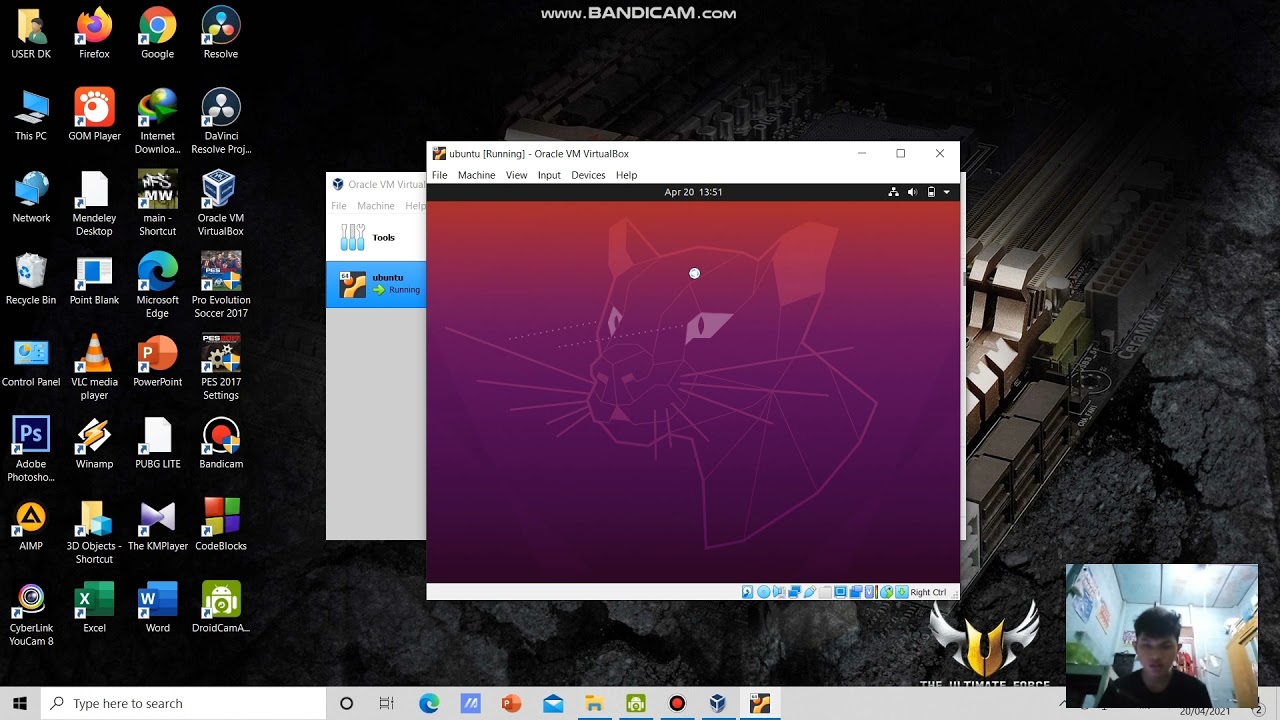

- #How to use netbootin to load ubuntu on a mac with no os how to#
- #How to use netbootin to load ubuntu on a mac with no os iso#
- #How to use netbootin to load ubuntu on a mac with no os windows#
#How to use netbootin to load ubuntu on a mac with no os iso#
For example, if you made an ISO yourself of a volume, you could use the above command sequence to copy that ISO to another volume as well. When finished, you can eject the volume, it’s ready to go.įor what it’s worth, this works to copy ISO images that aren’t boot volumes and installers too.

There is no progress bar so just wait it out, how long the ISO copy process takes depends on a variety of things, including the speed of the Mac, the speed of the target volume, and the size of the ISO file being copied or burned to the destination. When you’re certain the syntax is proper, hit return and enter the administrator password, the copy process will begin immediately.Neither of these adjustments are necessary to copy the ISO to the disk image successfully, it just results in a notably faster experience. The ‘bs=1m’ at the end is for blocksize, which also speeds up the process.


Note that an ‘r’ signifier is placed in front of the disk identifier, this makes the command much faster. Sudo dd if=~/Desktop/Windows10_圆4_EN-US.iso of=/dev/rdisk3s2 bs=1m
#How to use netbootin to load ubuntu on a mac with no os windows#
Sudo dd if=/path/image.iso of=/dev/r(IDENTIFIER) bs=1mįor example, with a Windows ISO named ‘Windows10_圆4_EN-US.iso’ on the desktop, the syntax would be: Assuming you know what you’re doing, replace the iso path with the ISO to burn to the intended target identifier volume using the following command:
#How to use netbootin to load ubuntu on a mac with no os how to#
How to Copy an ISO File to a Target Drive Using ‘dd’ in Mac OS X That risk makes this method not appropriate for novice Mac OS X users, instead, those users should turn to the simpler approach of using Disk Utility to burn an ISO the traditional way instead. By using sudo dd, there is little margin for error, and a wrongly implicated disk identifier could result in permanent data loss. It’s important to note this is somewhat advanced and should only be used by Mac users who are thoroughly comfortable with the command line. There are alternative solutions, but this command line approach using dd requires no third party downloads, it is quite fast, and is consistently reliable in producing bootable volumes out of ISO files. If you have downloaded an ISO image of another operating system, say Ubuntu Linux or Windows 10, and you wish to turn that ISO image file into a bootable USB installer drive using a USB flash drive or USB key, you’ll find the most reliable way to copy or ‘burn’ the ISO to that target USB volume is by turning to the command line of Mac OS X.


 0 kommentar(er)
0 kommentar(er)
